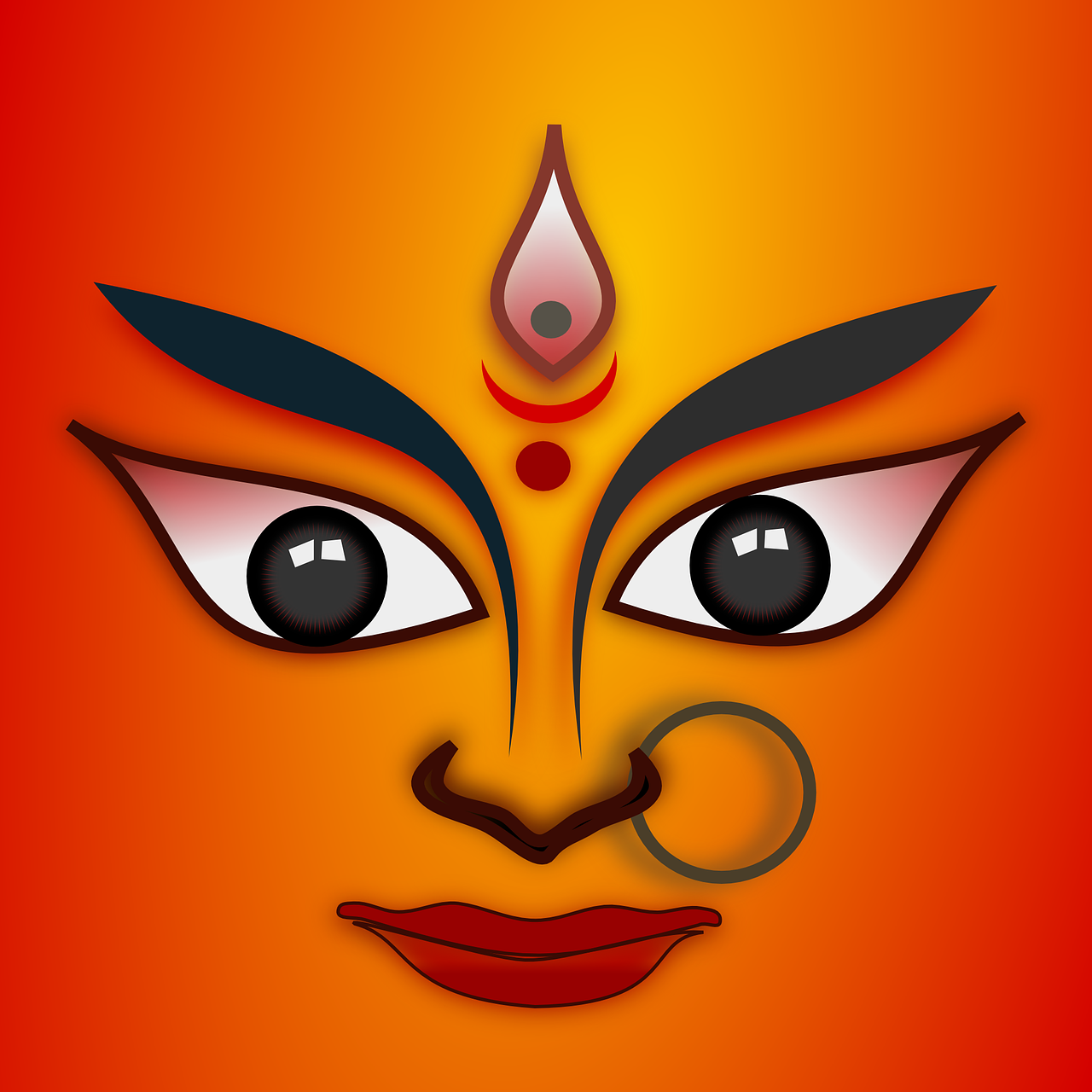Divine Navratri

The Sharadiya Navratri is just round the corner. If you have missed performing the Shraadh of your deceased ancestors, do consider doing it on Sarva Pitri Amavasya on Oct 2, 2024.
Nav-Ratri means nine nights. The Navratri festival dates are Oct 3-11, 2024. Dusshera falls on Oct 12. Goddess Durga fought the demon Mahishasura for nine days and nights before she killed him. We celebrate her victory of goodness over evil. On Dusshera we also celebrate the victory of Bhagwan Ram over Ravan.
The nine aspects of Durga are worshipped during the nine Navratris. These are Shailputri, Brahmacharini, Chandraghanta, Kushmanda, Skandamata, Katyayani, Kalaratri, Mahagauri and Siddhidatri.
God is omnipresent, omnipotent and omniscient but we as mere mortals need to be reminded again and again to stay connected with Divinity. The Indian calendar is dotted with religious festivals to keep reminding us of this, lest we forget.
All forms of God are equally beautiful. What matters is which one appeals to you. In Navratri we worship the Devi. The Devi or the female aspect of God is around us in many forms. Our mother, sister, daughter, daughter in law, granddaughter … are embodiments of the Devi. If we do not give them due respect and love, there is no point of worshipping the Devi.
Besides this Prakriti (nature) is the other half of Purusha (God). Prakriti includes all forms and aspects of nature. Prakriti is the basic cosmic matter that is the root or base of all beings. Purusha is the spirit or energy that is the life source of all things. Purusha, the cosmic entity or pure consciousness pervades throughout creation as well as beyond it. Purusha exists beyond the realms of space and time. When the Purusha aspect combines with Prakriti in any form, then creation happens!
If we can understand this, we realise that the female aspect is as important as the male aspect. Women are as valuable and equal to men.
Sadly our society is marred with crimes against women. Female foeticide, harassment for dowry, rape, eve-teasing or even ill treatment of aged mothers and mothers-in-law are real social evils that our society suffers from.
We do Kanya/Kanjak poojan on Ashtami or Navami day, during Navratri. Did our ancestors foresee that the girl child would be ill-treated in our society in the future? Did they establish the ritual for worshipping little girls in Navratri as symbolic of respecting the girl child?
Just as God made day and night, summer and winter, mountains and valleys, Sun and Moon, air and water, etc. to complement each other; men and women are also equally valuable creations of God. The society needs to be educated about this.
Looking from another perspective, the Sharadiya Navratri is placed at the change of season from autumn to winter. It is the perfect time to detox your body and prepare for the winter. If you ask any dietician for a de-tox diet plan, there are high chances that a gluten free diet would be recommended. And this is exactly what Navratri food is. You can eat Kuttu (Buckwheat) ka atta, Singhaade (waterchest) ka atta, Swaank ke chawal and Sabudana (Tapioca pearls). Vegetables like tomato, potato, radish, sweet-potato, pumpkin and bottle gourd can be consumed. Cook with sendha namak (rock salt), without onion and garlic.
If one takes Navratri as an opportunity to feast, there are the above things plus pakodas, paapars, desserts, sherbets etc. that are Vrat friendly. But if you take Navratri as an opportunity to detox, then it’s best to take milk, curds, fruits and just one meal a day prepared out of the permitted list.
In Navratri it is believed that the astronomical position is such that it is extremely conducive to prayers and meditation. Navratri is the perfect time to connect with the supreme consciousness within or without … whichever is easier for you! Jai Mata Ki!
This piece is published in the Hindustan Times and can be viewed here https://www.hindustantimes.com/cities/chandigarh-news/sunraysdivine-navratri-101727563188292.html
